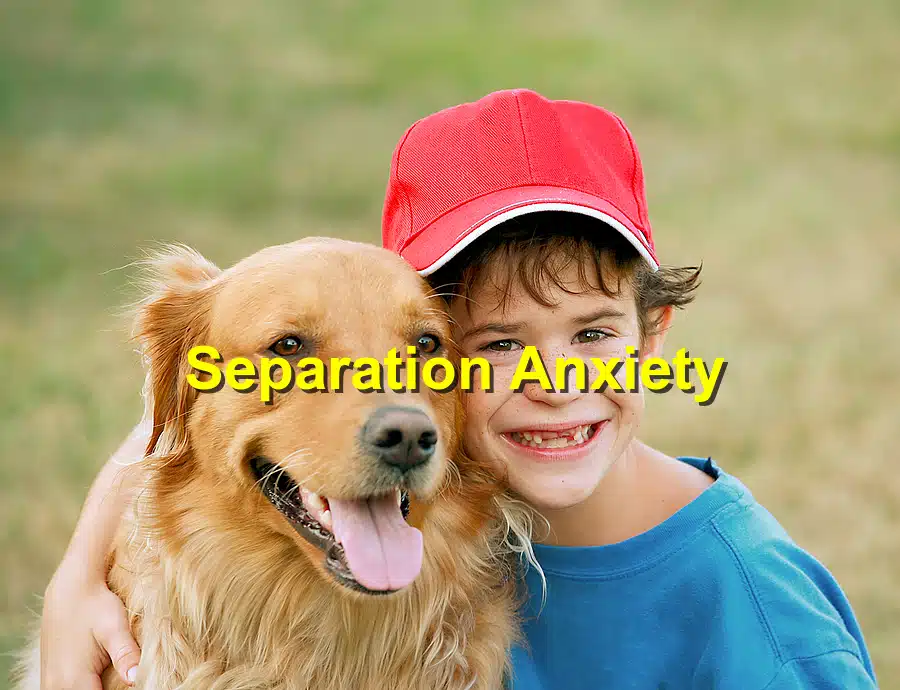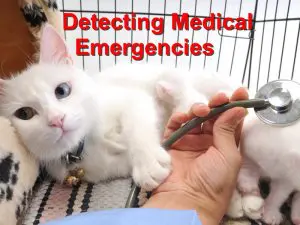As children head back to school, many dogs experience separation anxiety due to the sudden change in routine and reduced attention. Easing this transition for your furry friend is crucial to ensure their well-being and happiness. Here are some effective strategies to help your dog adjust to the new routine and alleviate separation anxiety.
1. Understanding Separation Anxiety in Dogs
Separation anxiety occurs when a dog becomes distressed due to separation from their owners. Signs of separation anxiety include excessive barking, destructive behavior, pacing, drooling, and attempts to escape. Understanding these signs can help you take appropriate measures to comfort your dog.
2. Establishing a Routine
Dogs thrive on routine and predictability. Establish a consistent daily schedule for feeding, walks, and playtime:
- Set Regular Times: Feed your dog and take them for walks at the same times each day. Consistency helps reduce anxiety by providing a sense of security.
- Morning Exercise: Ensure your dog gets ample exercise in the morning. A tired dog is less likely to be anxious when left alone.
3. Gradual Desensitization
Gradual desensitization helps your dog get used to being alone for short periods:
- Short Absences: Start by leaving your dog alone for short periods and gradually increase the duration. Begin with a few minutes and slowly work up to longer absences.
- Practice Departures: Perform departure cues (like putting on shoes or picking up keys) without actually leaving. This reduces the association between these cues and your absence.
4. Create a Safe Space
Creating a comfortable and secure environment can help ease your dog’s anxiety:
- Comfort Zone: Set up a designated area with your dog’s bed, favorite toys, and water. This space should feel safe and familiar.
- Background Noise: Leave a radio or TV on at a low volume to provide comforting background noise and mask outside sounds.
5. Provide Mental Stimulation
Mental stimulation can keep your dog occupied and reduce anxiety:
- Puzzle Toys: Use puzzle toys or treat-dispensing toys to keep your dog engaged while you’re away.
- Interactive Play: Engage in interactive play sessions to tire your dog mentally and physically before leaving.
6. Positive Reinforcement
Reinforce calm behavior with positive reinforcement:
- Reward Calmness: Reward your dog with treats and praise when they remain calm during short separations.
- Avoid Dramatic Departures: Keep departures and arrivals low-key to avoid increasing anxiety. Ignore your dog for a few minutes before leaving and after returning.
7. Consider a Pet Sitter or Dog Walker
If possible, arrange for a pet sitter or dog walker to check in on your dog during the day:
- Midday Visits: A midday visit can break up the long hours of solitude and provide companionship.
- Interactive Playtime: A dog walker can provide exercise and mental stimulation, reducing your dog’s anxiety.
8. Professional Help
If your dog’s separation anxiety is severe, consider seeking professional help:
- Veterinarian Consultation: Consult your veterinarian to rule out any medical issues and discuss possible treatments, including medication.
- Animal Behaviorist: An animal behaviorist can provide specialized training and behavior modification techniques to address separation anxiety.
9. Socialization and Training
Socialization and basic training can improve your dog’s confidence and reduce anxiety:
- Socialization Classes: Enroll your dog in socialization classes to help them become more comfortable with different environments and situations.
- Obedience Training: Basic obedience training can provide mental stimulation and strengthen your bond with your dog, making them feel more secure.
Conclusion
Easing separation anxiety in dogs during the back-to-school transition requires patience, consistency, and understanding. By establishing a routine, creating a safe space, providing mental stimulation, and using positive reinforcement, you can help your dog adjust to the new routine. If necessary, seek professional help to address severe anxiety. Ensuring your dog feels secure and comfortable during this period will contribute to their overall well-being and happiness.
References: National Day, Sprout Social




